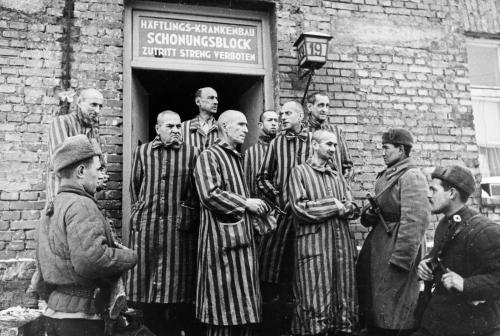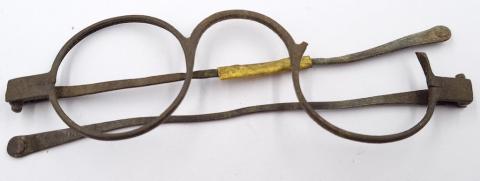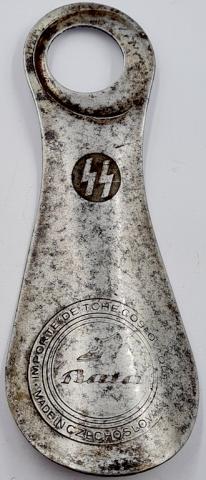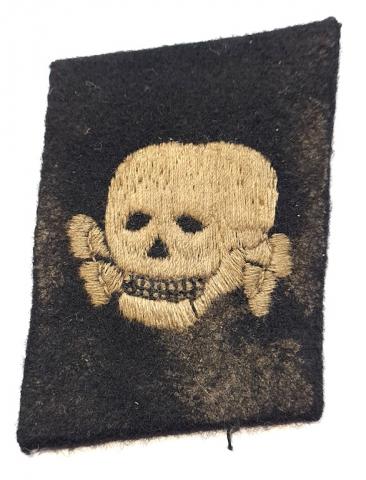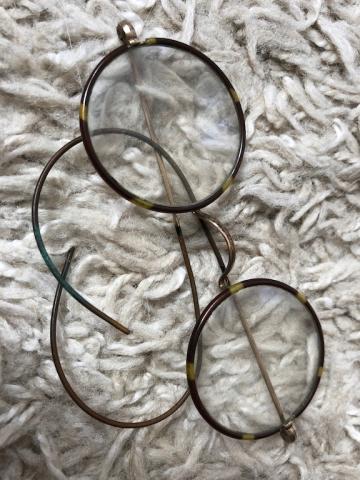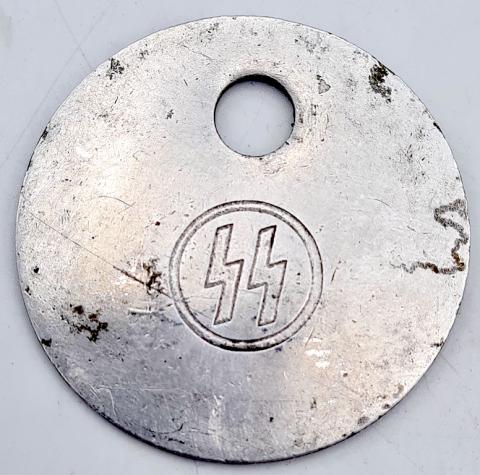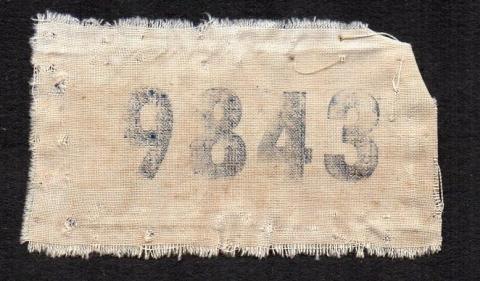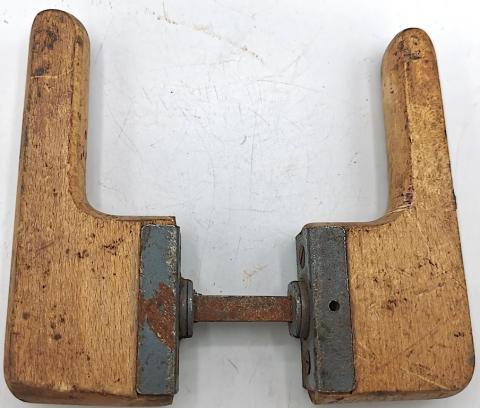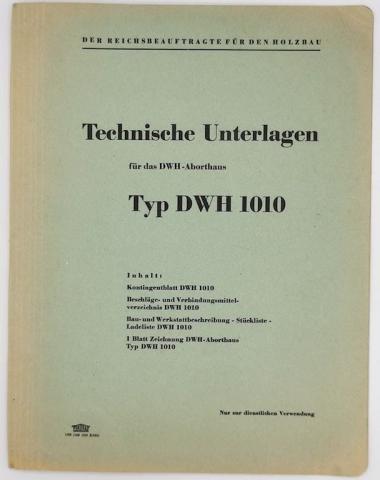Discrimination against
Jews began immediately after the
Nazi seizure of power in Germany on January 30, 1933. The
Law for the Restoration of the Professional Civil Service, passed on April 7 that year, excluded most Jews from the legal profession and the civil service. Similar legislation soon deprived Jewish members of other professions of the right to practise.
[3] Violence and economic pressure were used by the regime to encourage Jews to leave the country voluntarily.
[4] Jewish businesses were denied access to markets, forbidden to advertise in newspapers, and deprived of access to government contracts. Citizens were harassed and subjected to violent attacks and boycotts of their businesses.
[5]
In September 1935 the
Nuremberg Laws were enacted. These laws prohibited marriages between Jews and people of Germanic extraction, extramarital relations between Jews and Germans, and the employment of German women under the age of 45 as domestic servants in Jewish households.
[6] The Reich Citizenship Law stated that only those of Germanic or related blood were defined as citizens. Thus Jews and other minority groups were stripped of their German citizenship.
[7] By the start of World War II in 1939, around 250,000 of Germany's 437,000 Jews emigrated to the United States, Palestine, Great Britain, and other countries.
[8][9]